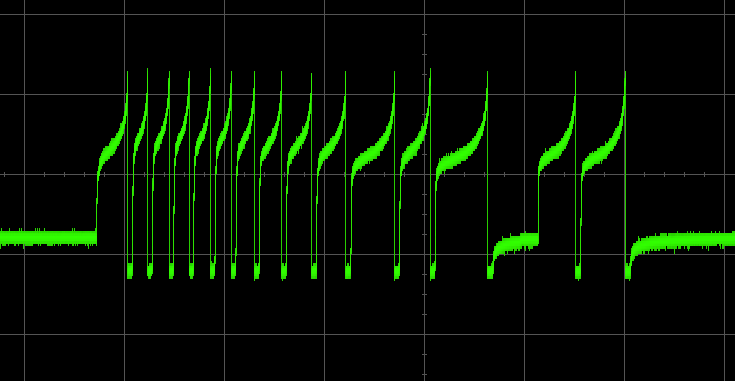Project
Contemporary AI applications often rely on deep learning, which implies heavy computational loads with current technology. However, there is a growing demand for low-power autonomously learning AI systems that are employed in the field. We investigate in this project options for learning in low-power unconventional hardware that is based on spiking neural networks (SNNs) implemented in analog neuromorphic hardware combined with nano-scale memristive synaptic devices.
Hence, the envisioned computational paradigm combines the three most promising avenues for minimizing energy consumption in hardware:
- analog neuromorphic computation,
- spike-based communication, and
- memristive analog memory.
Experts in each of these fields collaborate on the development of a functional prototype system. We consider in particular recurrent SNNs (RSNNs) as their internal recurrent dynamics render them more suitable for real-world AI applications that have temporal input and demand some form of short-term memory. In the field applications often demand online adaptation of such systems, which usually necessitates hardware-averse training procedure. To overcome this problem, we investigate the applicability of learning to learn (L2L) to spiking memristive neuromorphic hardware, where the hardware is trained to become a good learner for the target application.
In summary, the goal of this project is to build versatile and adaptive low-power small size neuromorphic AI machinery based on SNNs with memristive synapses using L2L. We will deliver an experimental system in a real-world robotics environment to provide a proof of concept.
